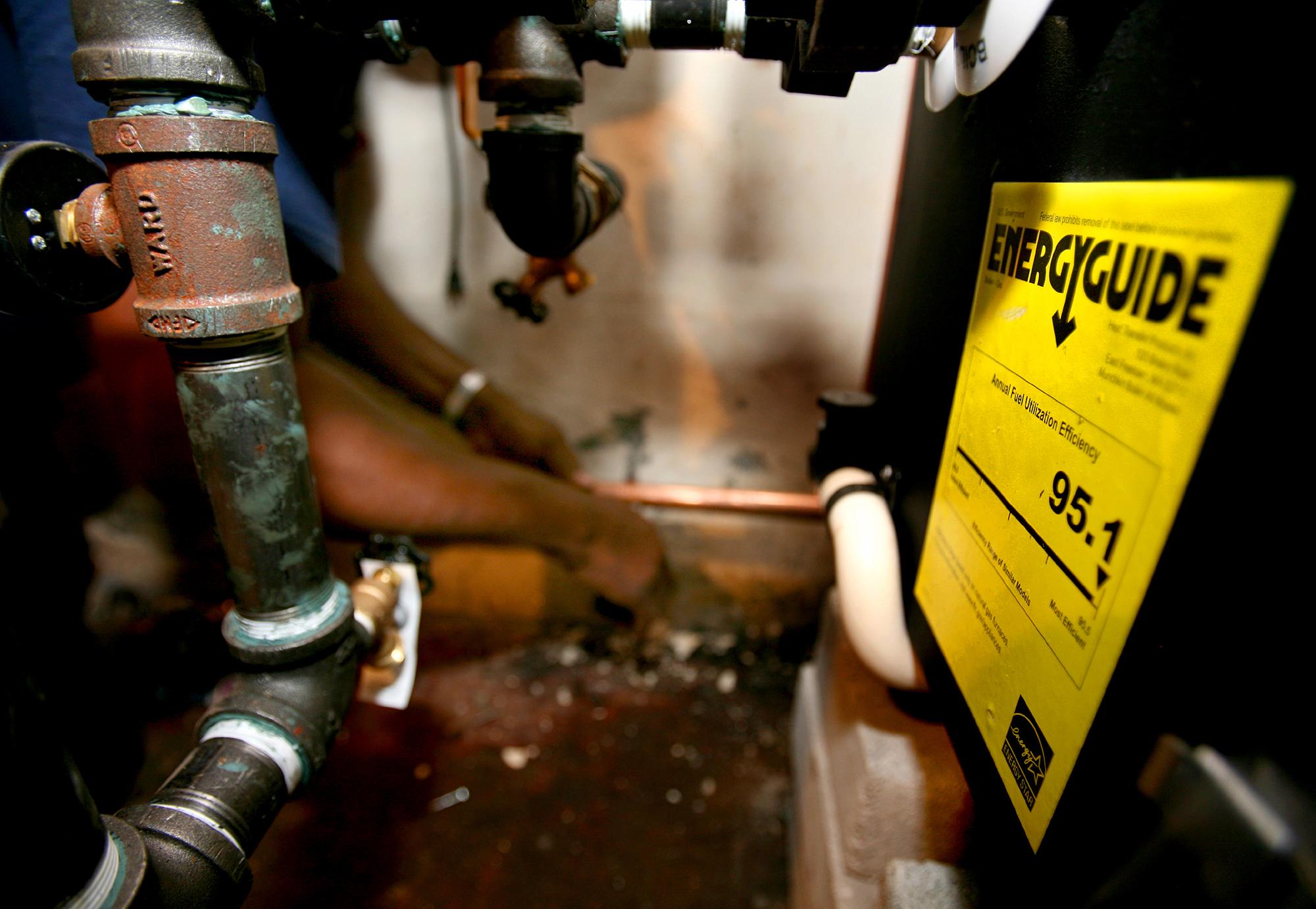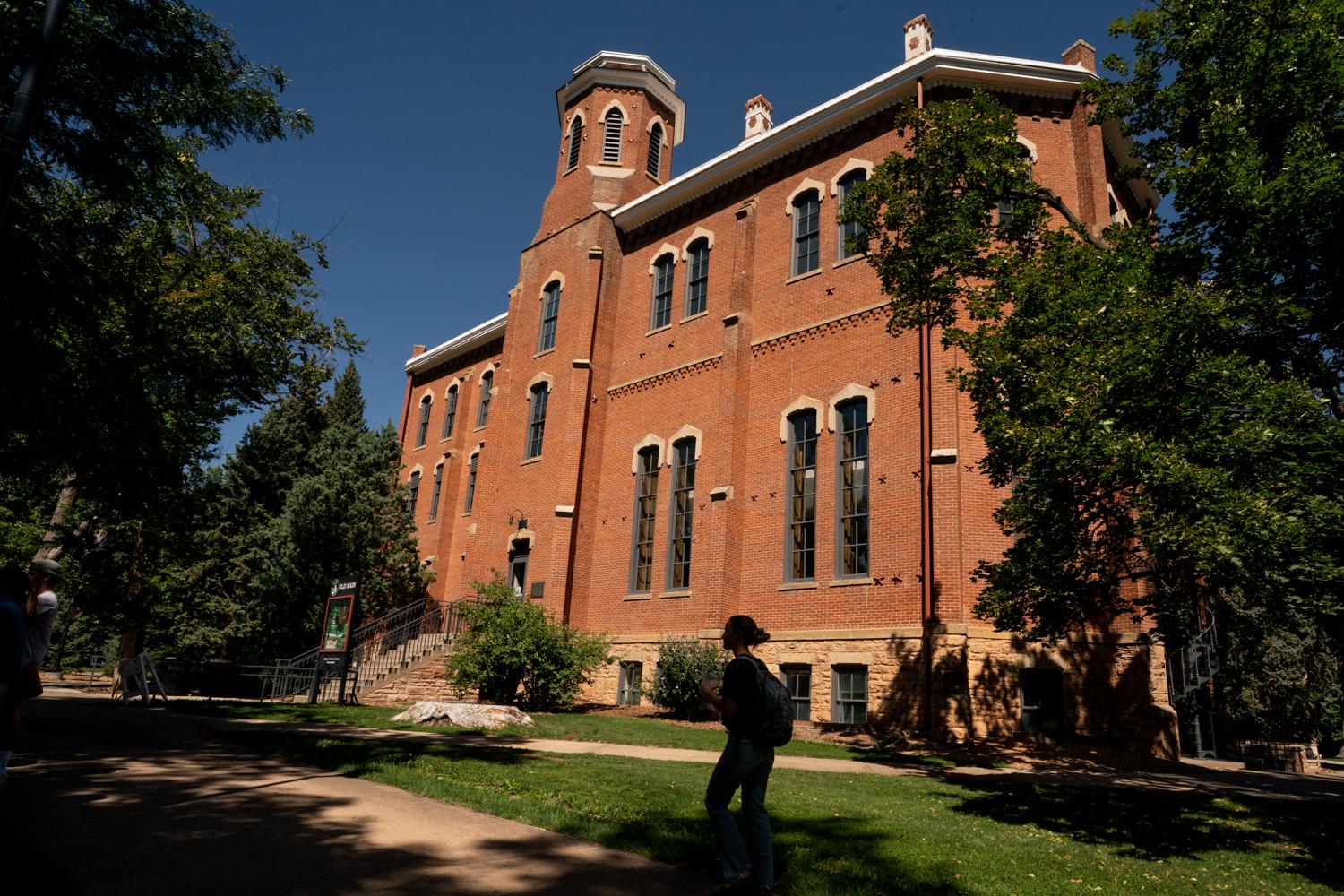
Colorado utility regulators will not eliminate ratepayer-funded subsidies for new natural gas connections, opting for a new framework that will likely shrink the contributions over time.
The Colorado Public Utilities Commission issued the decision last week as a part of a larger effort to revamp rules for natural gas utilities and align the industry with the state's climate targets.
Part of the decision concerns who pays to connect new homes to the larger natural gas system.
In almost all states, homebuilders and gas companies split the cost to lay pipelines in new neighborhoods and developments. Those utilities then recoup the money from their existing customers. For decades, both beneficiaries have justified the practice as a way to expand energy access and share the burden of maintaining the larger natural gas system.
But those policies have met new opposition in an era of rapid global warming and rising energy bills. Opponents have argued ratepayers shouldn’t contribute to fossil fuel infrastructure, which they say extends the life of a major source of greenhouse gas emissions that could become worthless if policymakers follow through on Colorado’s climate goals.
Those concerns led California to become the first state to eliminate the subsidies earlier this year, citing a statewide effort to shift buildings away from fossil fuels. The state's ratepayers will also save $164 million per year, according to the California Public Utilities Commission.
Colorado appeared poised to follow California's lead. Utility regulators proposed eliminating the subsidies last year as they followed through on legislation to reduce the greenhouse gas emissions of natural gas utilities.
The plan became a focal point over 14 months of heated and complex deliberations before governor-appointed utility commissioners. Homebuilders and Colorado's largest natural gas companies fought to preserve the subsidies. Meanwhile, environmental groups and ratepayer advocates pushed the state to stick to its original proposal.
The commission ended up opting for a middle path. Instead of eliminating the subsidies, it created a new equation to determine the size of the subsidy going forward.
Parks Barroso, an attorney for the environmental group Western Resource Advocates, said the calculation is based on the principle that developers and new customers — not ratepayers — should pay to add buildings to the natural gas system. The equation includes the cost to lay new lines to homes and expand existing pipelines to handle any new demand. In addition, it factors in the social cost of carbon, a term that describes the estimated financial damage caused by adding greenhouse gases to the atmosphere.
"The decision does not eliminate line extensions, but it recognizes we can't continue to expand the gas system if we want to meet our decarbonization targets," Barroso said.
Consumer advocates were generally pleased with the decision. Cindy Schonhaut, the director of the Office of the Utility Consumer Advocate, said it makes sense to require gas companies to prove the benefits of their plans exceed the cost to ratepayers.
“That’s what we wanted for consumers, so it’s a good outcome,” Schonhaut said.
Colorado gas utilities must submit plans for new allowances by the end of 2024, but companies tend to include the subsidies in separate proposals to increase gas rates and build new infrastructure. Any plan asking for an allowance must follow the new rules by May 2023.
In a filing before the commission, the Home Builders Association of Colorado argued eliminating the subsidies would increase housing prices. It did not immediately respond to CPR News’ request for comment.
The recent decision also codifies climate targets the legislature set for gas utilities, requiring a 4 percent reduction in greenhouse gas emissions by 2025 and a 22 percent cut by 2030 compared to a 2015 baseline.
To hit the benchmarks, companies must submit so-called "Clean Heat Plans" by the end of next year. Those proposals can include projects to increase energy efficiency, switch buildings to electric heating systems and mix zero-carbon hydrogen into the natural gas supply.








